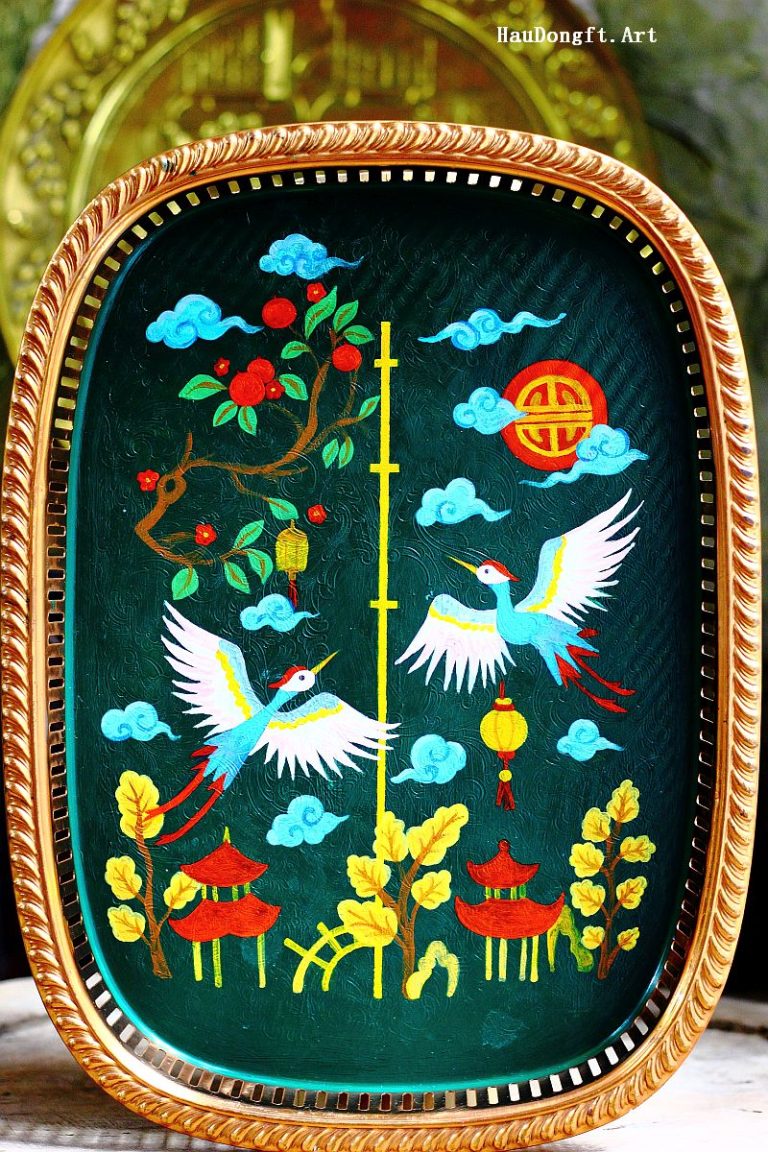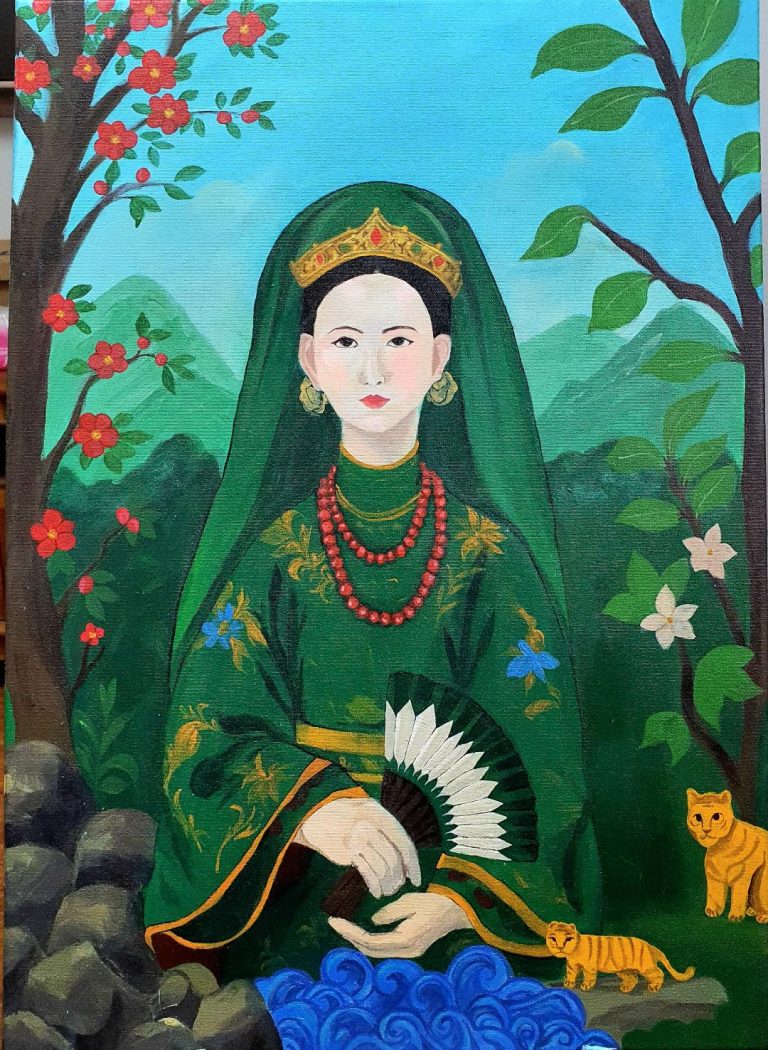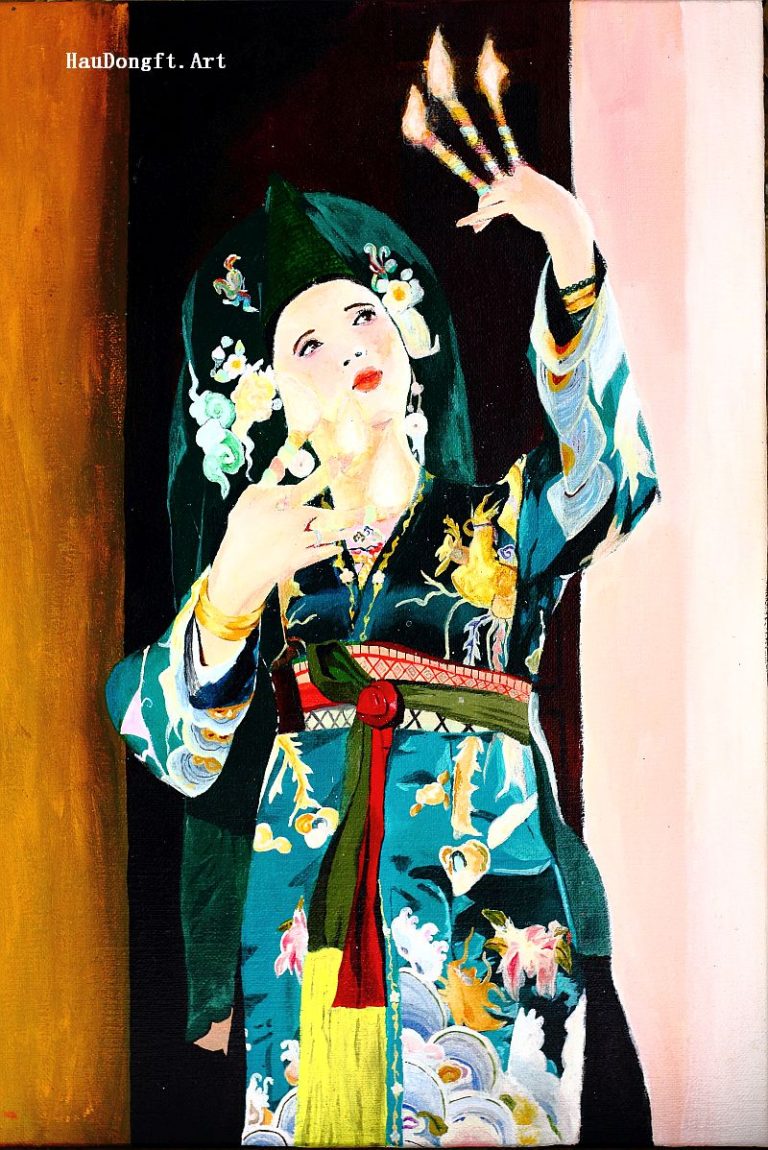Hầu đồng is one of the central rituals in the Vietnamese Mother Goddess Belief. In many studies, this ritual has usually been approached from two main dimensions: the spiritual and the cultural. However, the psychological perspective—though full of potential insights—has received little attention. This article aims to analyze hầu đồng as a mechanism of psychological healing, through comparison with modern psychological theories and therapeutic methods.
1. Hầu đồng and the “Healing” Value in Folk Belief
In his work Đạo Mẫu Việt Nam, the late Professor Ngô Đức Thịnh emphasized the “healing” value of hầu đồng. Many recorded cases show that individuals once considered “odd” or even labeled “insane” became more stable and balanced in life after performing the initiation ritual trình đồng mở phủ. In the language of the worshiping community, these are people with an “unfinished spiritual destiny” (căn số dở dang), who must “present themselves to the spirits” (trình cửa Thánh) to escape abnormal states.
From a psychological perspective, the notion of “unfinished destiny” bears striking similarities to mental disorders classified by modern medicine: anxiety, depression, bipolar disorder, dissociation, schizophrenia, etc. While contemporary science applies medication and psychotherapies (psychoanalysis, cognitive–behavioral therapy, meditation, mindfulness…), hầu đồng, in a certain sense, functions as an alternative therapeutic mechanism, rooted in religious faith and collective ritual experience.
2. Reinforcing Faith and Preventing Psychological Crisis
A common condition in patients with mental distress is despair, disorientation, and at times suicidal impulses. In such critical moments, religious faith can act as a “spiritual lifeline.” Within hầu đồng, practitioners place absolute trust in the protection of the Mother Goddess and the pantheon of deities. The reinforcement of belief from the community, combined with ritual experience, creates a psychological “lifebuoy” that helps them endure hopelessness. Evidence from the West similarly shows that suicide rates among religiously affiliated individuals with depression are lower than those among atheists.
3. The Mechanism of “Transformation” as Therapy
One of the core features of hầu đồng is transformation of roles. By donning the costumes of deities, the medium temporarily abandons their ordinary self to embody sacred figures: mandarins, goddesses, princesses, princes… This state of “no longer being oneself” has a powerful effect on those suffering from anxiety or depression, as it allows them to leave behind unstable psychological states and replace them with a new identity—strong, authoritative, carefree, or optimistic. The moment of spirit descent becomes an emotional “explosion,” carrying qualities of release and spiritual rebirth.
4. Bodily Movement as a Form of “Moving Meditation”
Hầu đồng is inseparable from physical movement: dancing with swords, sabers, flags, offering trays, or scattering divine blessings. These gestures not only release energy and break through stagnation—a typical symptom of depression—but also lead the practitioner into a state of “mind–body unity.” Similar to Vipassana meditation, where “the mind is in the body,” each movement on the ritual floor becomes an act of mindfulness. This is a form of “moving meditation,” supporting the healing process.
5. The Sustainability of Healing through Ritual Rhythm
Although the bodily activity ends after each session, the deep trust in divine protection remains. Periodic practice of hầu đồng (several times a year) serves as “ritual milestones,” helping practitioners maintain psychological balance and a lasting sense of being safeguarded.
Conclusion
From a psychological perspective, hầu đồng can be understood as an integrative therapeutic mechanism, combining religious faith, symbolic transformation, bodily movement, and communal experience. Although it cannot fully replace modern medical methods, hầu đồng has demonstrated unique effectiveness in supporting individuals in psychological crisis, helping them regain stability and re-create their sense of self.










